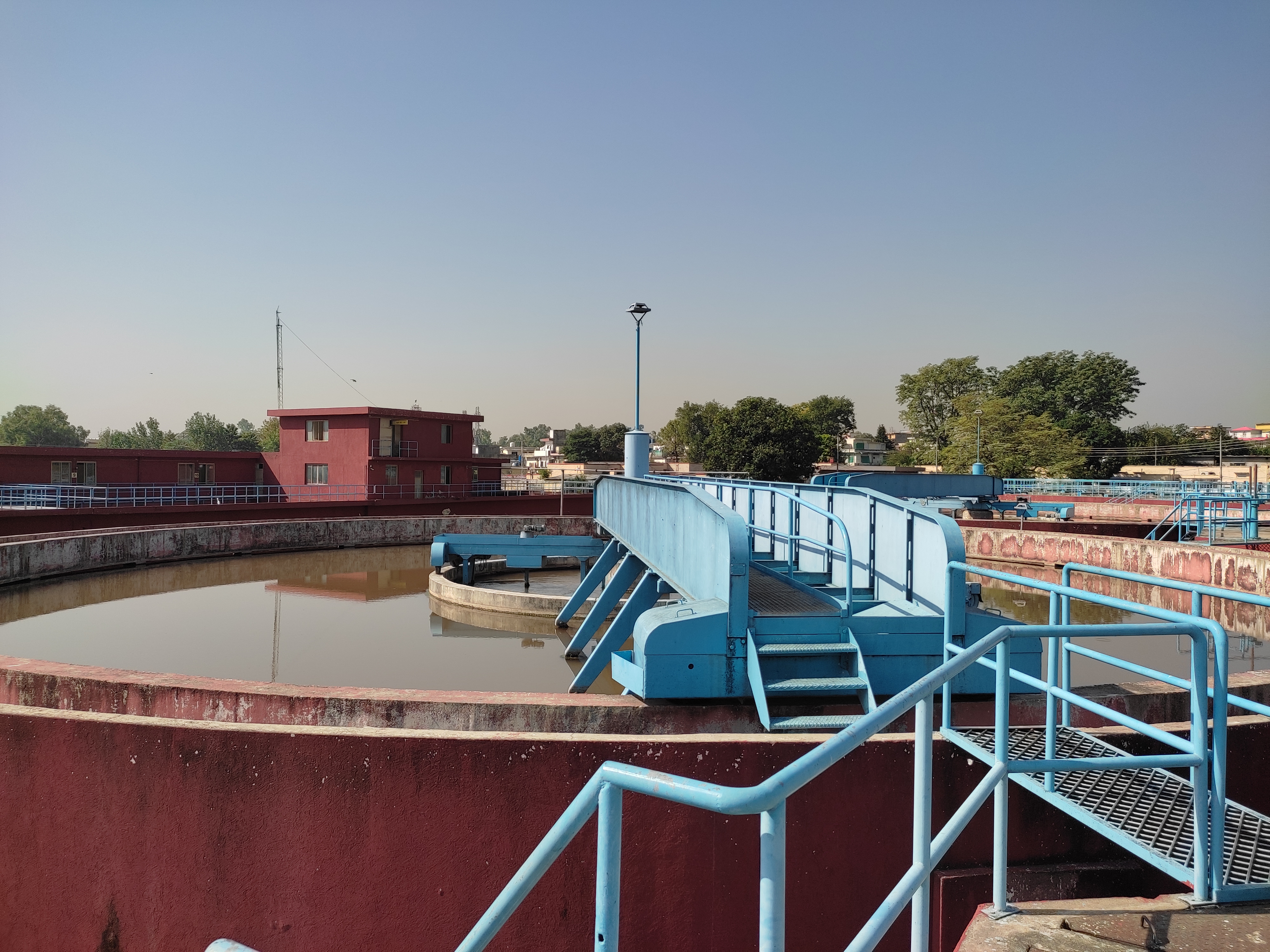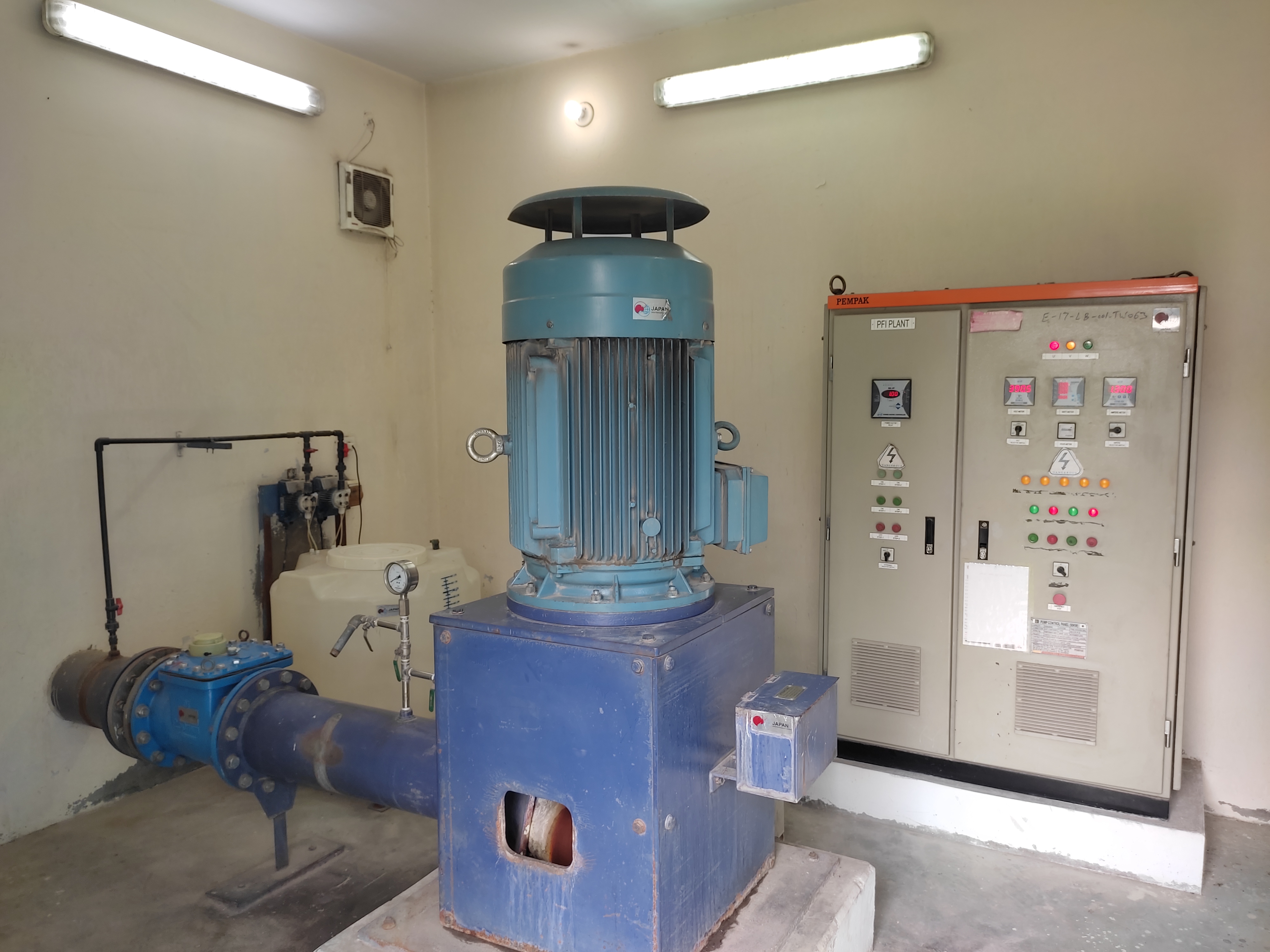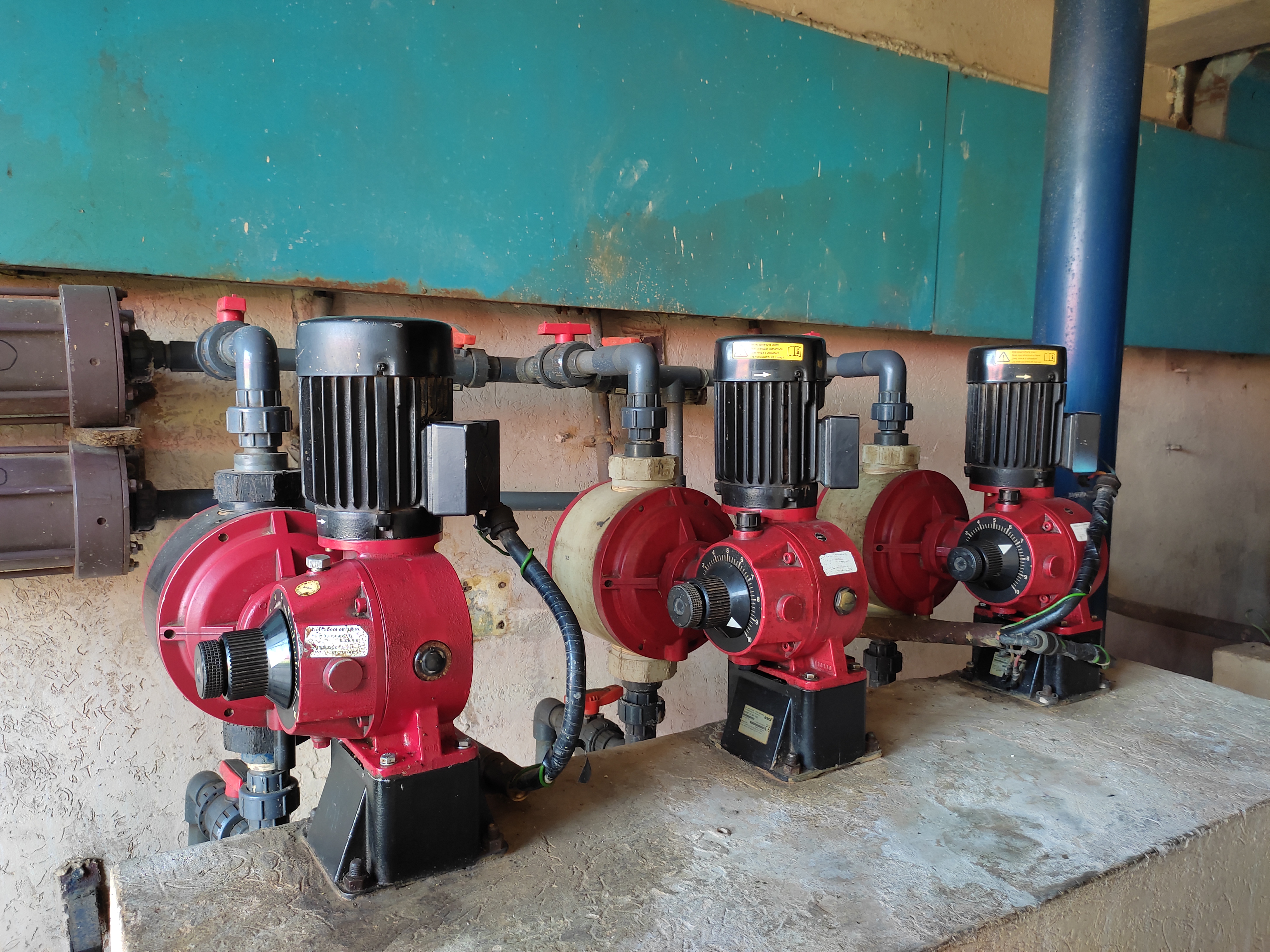This course provides a basic understanding of how surface water treatment works. This is followed by a review of the different processes used in the treatment of surface water. The last part of the course introduces what energy is, how it is distributed in a surface water treatment plant and what needs to be examined in terms of energy consumption.

This course provides a basic understanding of how wastewater treatment works. This is followed by a review of the different processes used in the treatment of wastewater. The last part of the course introduces what energy is, how it is distributed in a surface water treatment plant and what needs to be examined in terms of energy consumption.

The objective of this course is to understand the usefulness and operation of the different sites that use pumps, the main source of electric energy consumption in networks. This course deals with tube wells for water extraction, pumping stations for surface water distribution and lift and disposal stations for sewerage. After this course, the learner will be able to identify the different problems that can occur at these sites and to find ways to remedy them, if need be.

After an introduction to pumping, the learner will then be able to distinguish between the two main types of pumps: centrifugal pumps and positive displacement pumps. We then focus on the different parameters that the learner must know if they have to use pumps. The last part of the course will deal with the different ways of measuring hydraulic and electrical quantities involved in the use of pumps as well as the internal and external components of electrical cabinets.
